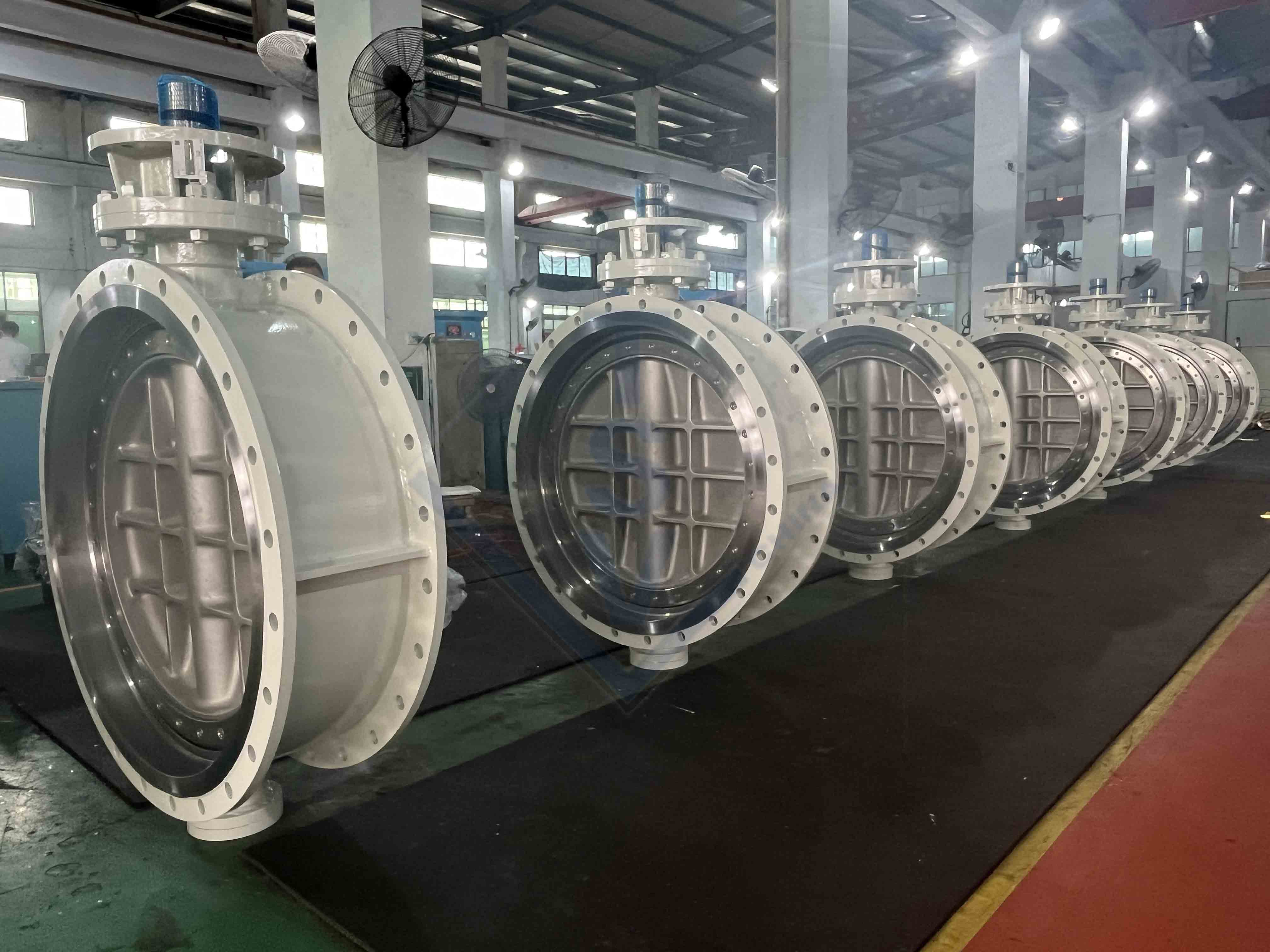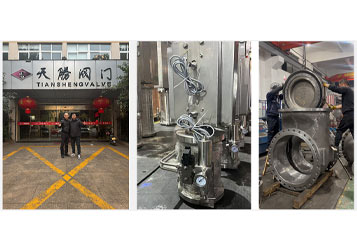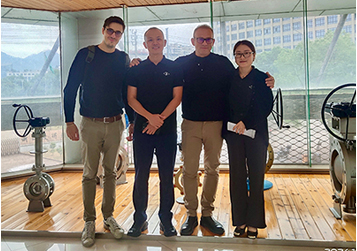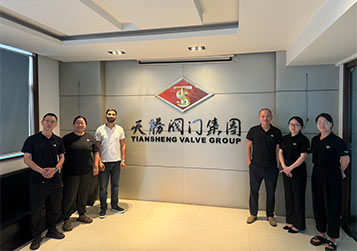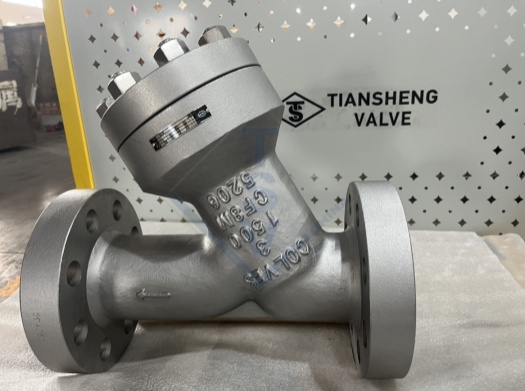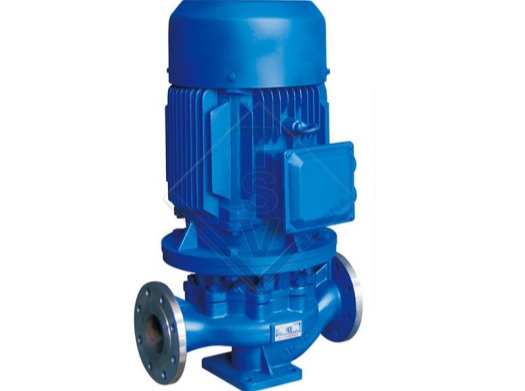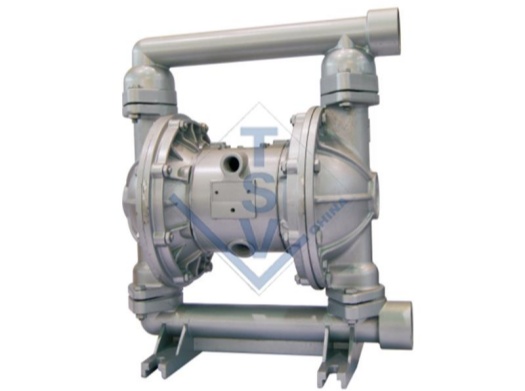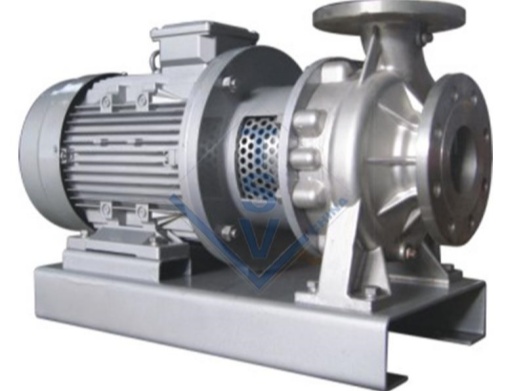Butterfly valves are widely used in various industries for controlling the flow of fluids in pipelines. Among the different types of butterfly valves, lug and wafer butterfly valves are two commonly encountered varieties. Understanding their differences is crucial for making the right choice in piping system design and operation.Lug butterfly valves have lugs for connection, can be maintained on one side, and can bear the weight of the pipeline, but the cost is high. Wafer butterfly valves are clamped between two flanges, easy to install, and low in cost, but maintenance requires shutting down the pipeline and is sensitive to pipeline stress.
Structural Design
Lug Butterfly Valves
Lug butterfly valves feature distinct lugs on their valve bodies. These lugs are typically threaded - tapped protrusions located on the valve flanges. The purpose of these lugs is to provide a means for secure connection to the pipeline flanges. There are two main configurations of bolt holes in lug - style butterfly valves. Through - type pressure holes are one option, where the installation process is somewhat similar to that of wafer - type valves. The other is threaded - hole - type pressure holes. In this case, bolts are tightened into these threaded holes, much like screws, and then secured with nuts. This design gives the lug butterfly valve a more robust and adaptable connection method. The lugs not only facilitate connection but also play a role in distributing the forces acting on the valve during operation.
Wafer Butterfly Valves
Wafer butterfly valves, on the other hand, are designed to be sandwiched or clamped between two pipeline flanges. They are connected using long bolts that pass through the valve body. Some wafer butterfly valves may have flange openings on the outside of the valve body, while others may not. To ensure a proper seal, O - rings and gaskets are placed on both sides between the valve body and the pipeline flanges. This compact design makes wafer butterfly valves relatively lightweight and space - saving in pipeline installations.
Installation and Maintenance
Lug Butterfly Valves
When it comes to installation, lug butterfly valves offer certain advantages. They can be used as isolation valves, which means they can isolate a particular section of the pipeline for maintenance or repair. They are also suitable for end - of - line applications. During maintenance, the ability to disassemble the valve from one side without disturbing the other side of the pipeline is a significant benefit. This reduces the overall maintenance downtime as it may not be necessary to shut down the entire pipeline system. However, the installation process can be more complex compared to wafer - type valves due to their larger size and the need to carefully align and fasten the lugs. Additionally, their maintenance can be more involved as they have a more complex structure.
Wafer Butterfly Valves
Installation of wafer butterfly valves is relatively straightforward. The process simply involves passing long bolts through the flange holes on the pipeline and the corresponding bolt holes on the wafer - type butterfly valve. This ease of installation makes them a popular choice for many applications. However, wafer butterfly valves have limitations in terms of their use. They cannot function as isolation valves, nor are they suitable for end - of - line installations. When maintenance is required, the entire pipeline often needs to be shut down as the valve is integrated between two flanges. This can lead to longer periods of system inactivity compared to lug butterfly valves.
Load - Bearing Capacity
Lug Butterfly Valves
Lug butterfly valves are designed to bear a relatively large load. Since the lugs on the valve body are connected to the pipeline flanges, they effectively take on the weight of the pipeline. This is especially important in applications where the pipeline may be subject to significant stress or when there are large - diameter pipes involved. However, when used at the end of a pipeline, the pressure rating of a lug butterfly valve may decrease. This is because there is no downstream flange to help keep the seat in place, potentially affecting the valve's ability to withstand high pressures.
Wafer Butterfly Valves
Wafer butterfly valves do not bear the weight of the pipeline in the same way as lug butterfly valves. Instead, they are mainly subject to the forces exerted by the bolts that clamp them between the flanges and the internal pressure of the fluid flowing through the valve. Their design makes them more sensitive to pipeline stress. For example, if the pipeline experiences significant thermal expansion and contraction or vibration, it can have a direct impact on the sealing performance of the wafer butterfly valve. This is because the clamping force between the flanges may be affected, leading to potential leakage.
Cost
Lug Butterfly Valves
Due to their more intricate structural design and the additional manufacturing processes involved in creating the lugs and their associated connection mechanisms, lug butterfly valves generally come with a higher price tag. The materials used for lug butterfly valves, especially those intended for high - pressure or critical applications, are often of higher quality, further contributing to the cost. However, their versatility in installation and operation makes them a cost - effective choice in applications where their specific capabilities are required.
Wafer Butterfly Valves
The simple structure of wafer butterfly valves results in lower manufacturing costs. Their streamlined design requires fewer components and less complex manufacturing techniques. This cost - effectiveness makes wafer butterfly valves an attractive option for applications where budget constraints are a significant factor, such as in some residential or small - scale industrial systems where the performance requirements are not as demanding as in large - scale industrial or high - pressure applications.
In conclusion, lug butterfly valves and wafer butterfly valves have distinct characteristics in terms of structural design, installation and maintenance requirements, load - bearing capacity, and cost. When choosing between the two, engineers and designers must carefully consider the specific needs of the pipeline system, including factors such as the type of fluid, pressure and temperature conditions, installation space, maintenance frequency, and budget constraints. By understanding these differences, the most appropriate butterfly valve can be selected to ensure optimal performance and reliability in the piping system.



 Mar 20,2025
Mar 20,2025
